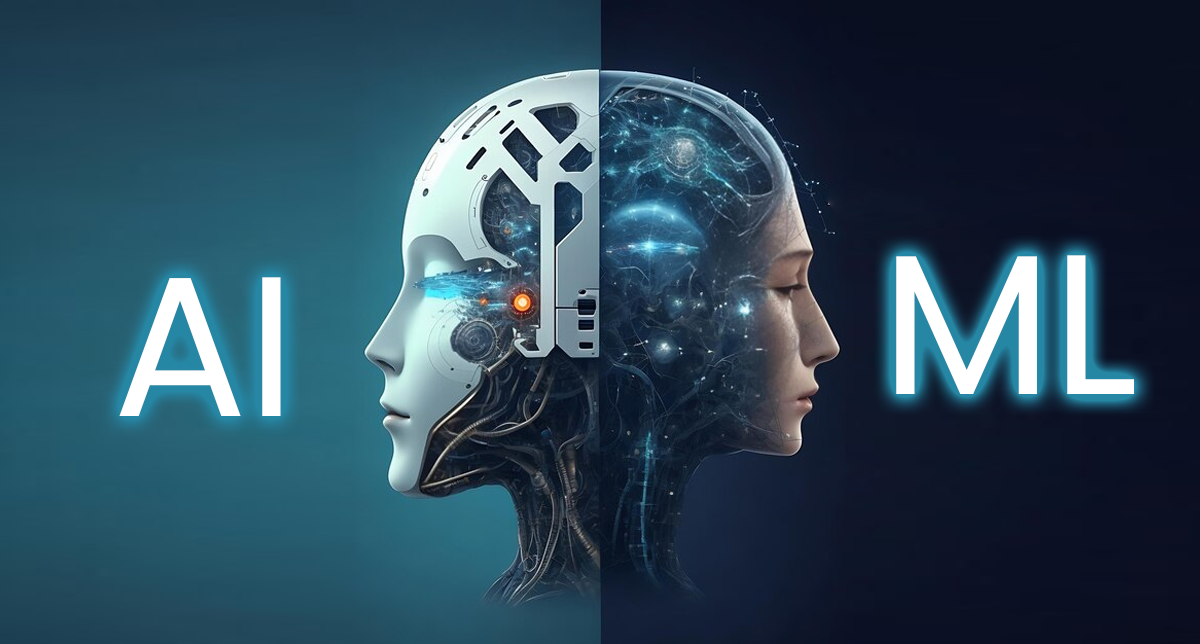
Natural Language Processing (NLP) Fundamentals: A Beginner's Guide
Natural Language Processing (NLP) Fundamentals: A Beginner's Guide
Ever wondered how your phone understands your voice commands, or how spam filters magically identify junk mail? The magic behind these seemingly simple tasks is Natural Language Processing (NLP), a fascinating field of artificial intelligence that bridges the gap between human language and computer understanding.
Text Preprocessing: Cleaning Up the Mess
Before a computer can make sense of human language, it needs some help. Think of it like cleaning your apartment before having guests over – you wouldn't want them to trip over a pile of laundry, right? Similarly, raw text data is often messy, containing irrelevant characters, inconsistencies, and noise. Text preprocessing is the crucial first step that tackles this.
Consider this example: "Hello, world!!! This is a sentence."
Preprocessing steps might include:
- Lowercasing: Converting everything to lowercase: "hello, world!!! this is a sentence."
- Punctuation Removal: Removing punctuation marks: "hello world this is a sentence"
- Stop Word Removal: Removing common words like "the", "a", "is", that don't carry much meaning: "hello world sentence"
- Stemming/Lemmatization: Reducing words to their root form (e.g., "running" to "run"): This helps group similar words.
Many programming languages offer libraries to help with this. For instance, in Python, using NLTK (Natural Language Toolkit):
import nltknltk.download('punkt') # Download necessary resourcesnltk.download('stopwords')from nltk.corpus import stopwordsfrom nltk.tokenize import word_tokenizesentence = "Hello, world!!! This is a sentence."tokens = word_tokenize(sentence.lower())stop_words = set(stopwords.words('english'))filtered_tokens = [w for w in tokens if not w in stop_words and w.isalnum()]print(filtered_tokens) # Output will be a cleaned list of wordsSentiment Analysis: Understanding Emotions
Sentiment analysis involves determining the emotional tone behind a piece of text – is it positive, negative, or neutral? This is incredibly useful for businesses to gauge customer feedback from reviews, social media, and surveys. For example, a company analyzing tweets about their new product launch can identify areas of concern or positive sentiment to improve and market accordingly.
Many libraries, like VADER (Valence Aware Dictionary and sEntiment Reasoner) in Python, offer readily available sentiment analysis capabilities.
Language Models: Predicting the Next Word
Language models are at the heart of many NLP applications. They predict the probability of a word appearing in a given context. Think about auto-complete on your phone – that's a language model in action! They learn patterns in language by analyzing vast amounts of text data, allowing them to generate human-like text or translate languages.
Modern Transformers: The Power of Attention
Transformers represent a significant advancement in NLP. They use a mechanism called "attention" which allows the model to focus on the most relevant parts of the input text when processing it. This allows for better understanding of context and relationships between words, leading to improved accuracy in tasks like machine translation and text summarization. Models like BERT, GPT-3, and LaMDA are prime examples of this powerful technology.
Conclusion
NLP is a constantly evolving field with countless applications. This beginner's guide has touched upon some of the fundamental concepts, offering a glimpse into the power and potential of this exciting area of AI. As you delve deeper, you'll discover even more intricate techniques and applications that are shaping the way we interact with technology and information.